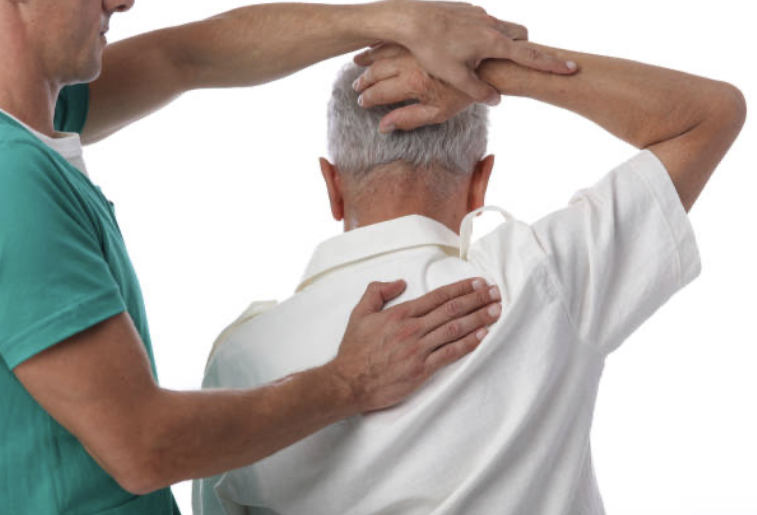Spinal stenosis symptoms will depend on the location of the condition within the spine and severity of the condition. Spinal stenosis is a narrowing within the openings of the spine. It most frequently occurs in the lumbar and cervical regions of the spine. If the narrowing occurs in the lumbar spine, symptoms are usually experienced in the buttocks, lower back, legs, and feet. Spinal stenosis symptoms in the cervical spine are usually felt in the shoulders, arms, and hands. However, since the spinal cord and the other components of the central nervous system send and receive signals to and from all parts of the body, it is possible for spinal stenosis in the neck to produce symptoms that are felt in the legs and feet. Likewise, if the condition is present in the lumbar region, symptoms could result in the arms and hands.
In general, symptoms of spinal stenosis includes:
- Cramping in the legs
- Pain in the affected area of the spine
- Pain that radiates to the hips, shoulders, and extremities
- Stiffness
- Difficulty balancing or walking
- Numbness
- Headaches and dizziness
- Muscle weakness
Spinal stenosis may produce no symptoms at all, or the symptoms may appear slowly and then gradually worsen over time. If you think you are experiencing spinal stenosis symptoms, it is important to talk with a physician to confirm the diagnosis and discover the treatment options available to you. In order to help your physician make a diagnosis, here is a checklist to help you determine whether or not you may have this condition:
- Do you have occasional or frequent pain or weakness in one or both of your legs?
- Do you occasionally or frequently experience a numbness or tingling sensation in one or both of your legs?
- Do certain activities bring on the back pain more than others?
- Do you experience pain or discomfort when you walk?
- If you set down and rest when you feel back pain, does the pain go away?
- Is the back pain inconsistent?
If you answered yes to four or more of these questions, it is possible that you are experiencing the spinal stenosis symptoms. If you think you have the condition and need assurance, please consult your physician for a checkup at your earliest convenience.
Your physician will diagnose the problem using a physical examination and perhaps an X-ray or MRI, and then will design a treatment plan catered to your specific case. Generally, spinal stenosis treatments begin conservatively with stretching, exercise, and rest. If spinal stenosis symptoms persist, your physician may ask you to try prescription medication, physical therapy, or steroid injections. In the rare case that back pain is severe and untreatable by conventional methods, surgery is an option.
BEST Health System
If you have symptoms of spinal stenosis and have tried conservative therapy with no success, BEST Health System offers safer, effective minimally invasive alternatives to traditional open back surgery. If you are interested in learning more about our surgeries, contact our team today.
